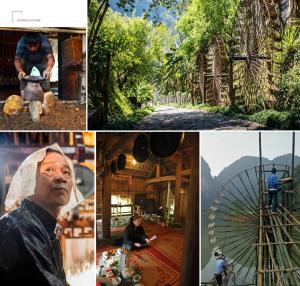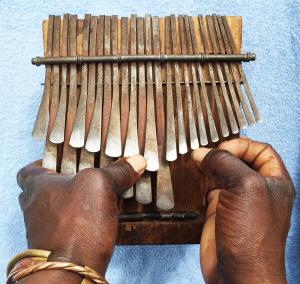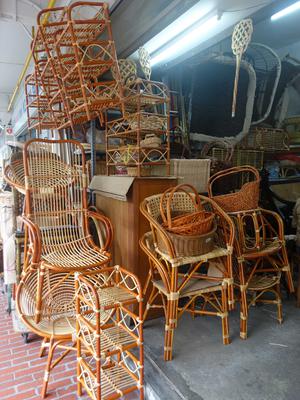The Tejedoras de Mampuján (Weavers of Mampuján) emerged in the early 2000s as a collective of Afro-Colombian women survivors from the rural community of Mampuján, located in the Montes de María region of northern Colombia. On March 10, 2000, over 200 families were forcibly displaced following a brutal paramilitary incursion, marking a profound rupture in the community’s social fabric.
In the aftermath, these women transformed their trauma into a process of collective healing and cultural preservation. By 2004, they began utilizing the ancestral art of sewing as a means to transmit oral histories, cultural values, and communal memories. Through participatory workshops and intergenerational training, they established a pedagogical model that integrates traditional sewing techniques with storytelling, fostering resilience and empowerment within the community. The group’s efforts have not only safeguarded intangible cultural heritage but have also gained national and international recognition. In 2015, they were awarded Colombia’s National Peace Prize for their contributions to peacebuilding and cultural preservation. Their tapestries, which narrate the community’s experiences of conflict and hope, have been exhibited in prominent venues, including the National Museum of Colombia, further amplifying their impact.
Today, the Tejedoras de Mampuján continue to serve as a beacon of cultural resilience, demonstrating how traditional arts can be harnessed to heal communities and preserve intangible cultural heritage for future generations.
04-30-2025
| Institutional and human capacities | Tejedoras de Mampuján have raised significant awareness about the value of intangible cultural heritage through exhibitions, documentaries, and public events. Their works have been displayed at the National Museum of Colombia and cultural fairs, and their story has been shared through the documentary "Mampuján: historias de dolor hiladas con esperanza y perdón." In 2024, they participated in Colombia's cultural mission to the United Nations in New York, where their tapestries were presented as an international symbol of resistance and reconciliation. Additionally, the National Peace Prize they received in 2015 consolidated their recognition as an example of peace, memory, and living heritage. | |
| Transmission and education | Community participation has been at the core of the Las Tejedoras process. Since 2004, they have developed an intergenerational pedagogical model where older women pass down their knowledge to younger generations through collective workshops. These spaces include oral storytelling, relaxation exercises, and the creation of tapestries based on lived experiences. Children also participate in local schools, learning to transform the memories of the territory into artistic works. More than 200 young people have been trained in these spaces, strengthening their sense of belonging and ensuring the active transmission of heritage. | |
| Inventorying and research | Mampuján weavers have developed a large number of tapestries in collaboration with the Mampuján community, which tell the stories of this community. In addition, they are responsible for sharing the stories of their experiences during the armed conflict through interviews, workshops, and many other means. | |
| Policies as well as legal and administrative measures | NA | |
| Role of intangible cultural heritage and its safeguarding in society | Intangible cultural heritage has been the transformative axis of the The Tejedoras de Mampuján process. After the forced displacement of their community in 2000, these Afro-Colombian women turned the art of sewing into a tool of resistance, memory, and collective healing. Through the "tela sobre tela" (cloth over cloth) technique, an ancestral method passed down from their African ancestors, they have told their stories of pain, resilience, and hope, preserving traditional knowledge while rebuilding social fabric | |
| Awareness raising | In addition to training and promotion, the organization has developed activities focused on the documentation and systematization of historical memory. The collection of testimonies, the production of a documentary, and the creation of graphic materials recording experiences of displacement and resilience re essential tools for preserving the community’s cultural legacy. They have also organized festivals and community gatherings, such as the Festival of Reconciliation, which serve as spaces for dialogue and healing. These activities have contributed to the creation of work networks and advocacy in public policy, reaffirming the importance of integrating art and memory in the pursuit of peace and social cohesion. | |
| Engagement of communities, groups and individuals as well as other stakeholders | The practice of fabric-on-fabric sewing has served as a mechanism of resilience, reducing domestic violence and strengthening community ties, while preserving an ancestral tradition of Afro communities over time. Participation in training workshops and collective activities has revitalized cultural identity, creating an environment of trust and solidarity that extends beyond the community of Mampuján. This model has been replicated in various contexts and has drawn the attention of national and international organizations, elevating the recognition of ICH and raising awareness of the importance of historical memory in peacebuilding. | |
| International engagement | Las Tejedoras de Mampuján have managed to establish themselves as an international reference in the use of intangible cultural heritage for peacebuilding and symbolic reparations. Their methodology has been shared in intercultural dialogue spaces, fairs, and global meetings, where it has inspired other communities affected by conflicts. Through their exhibitions, public interventions, and collaborations with international institutions, they have contributed to raising the visibility of community art as a tool for social transformation, creating connections between memory, culture, and human rights beyond Colombia. | |
| References | ||

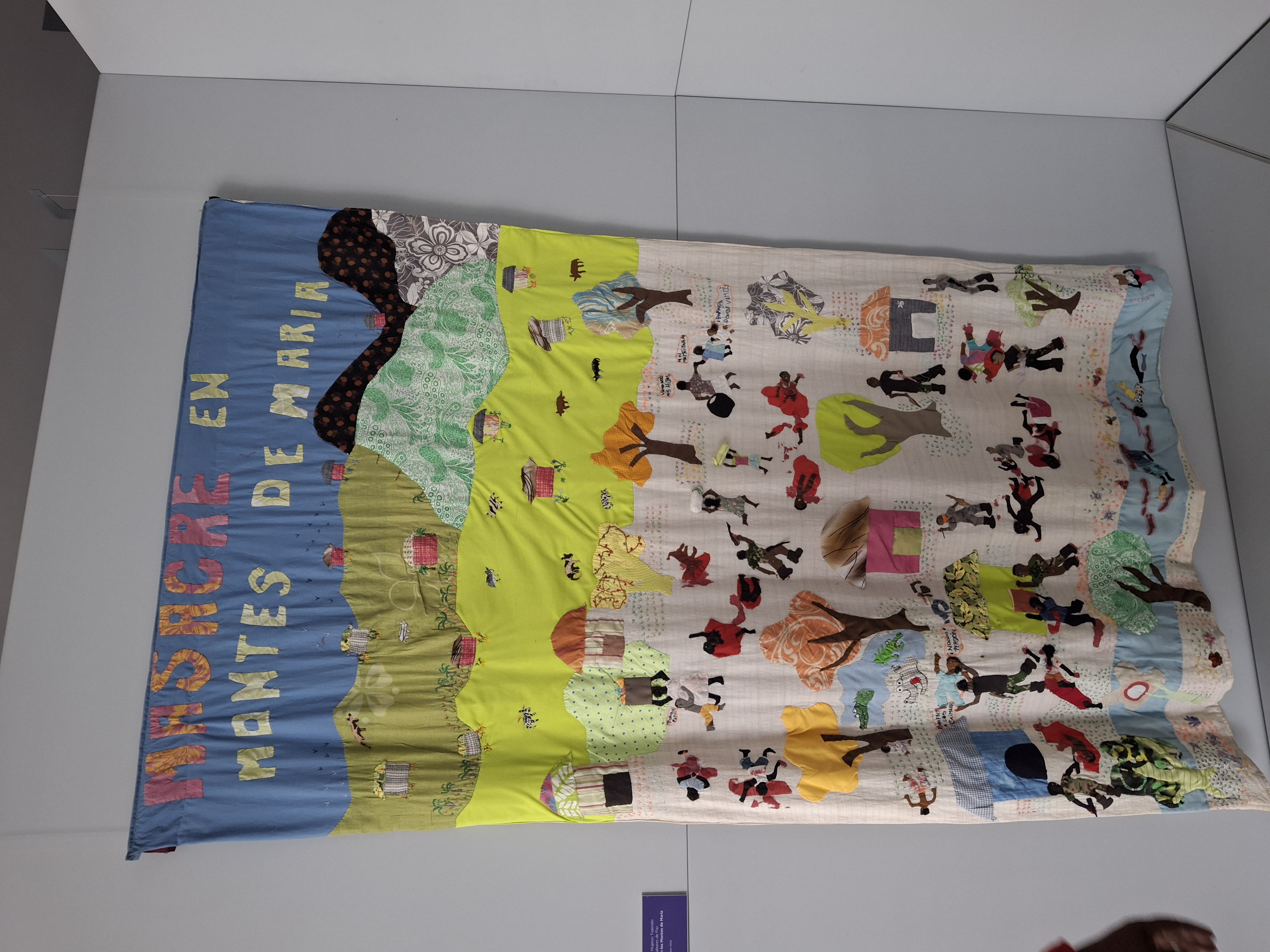
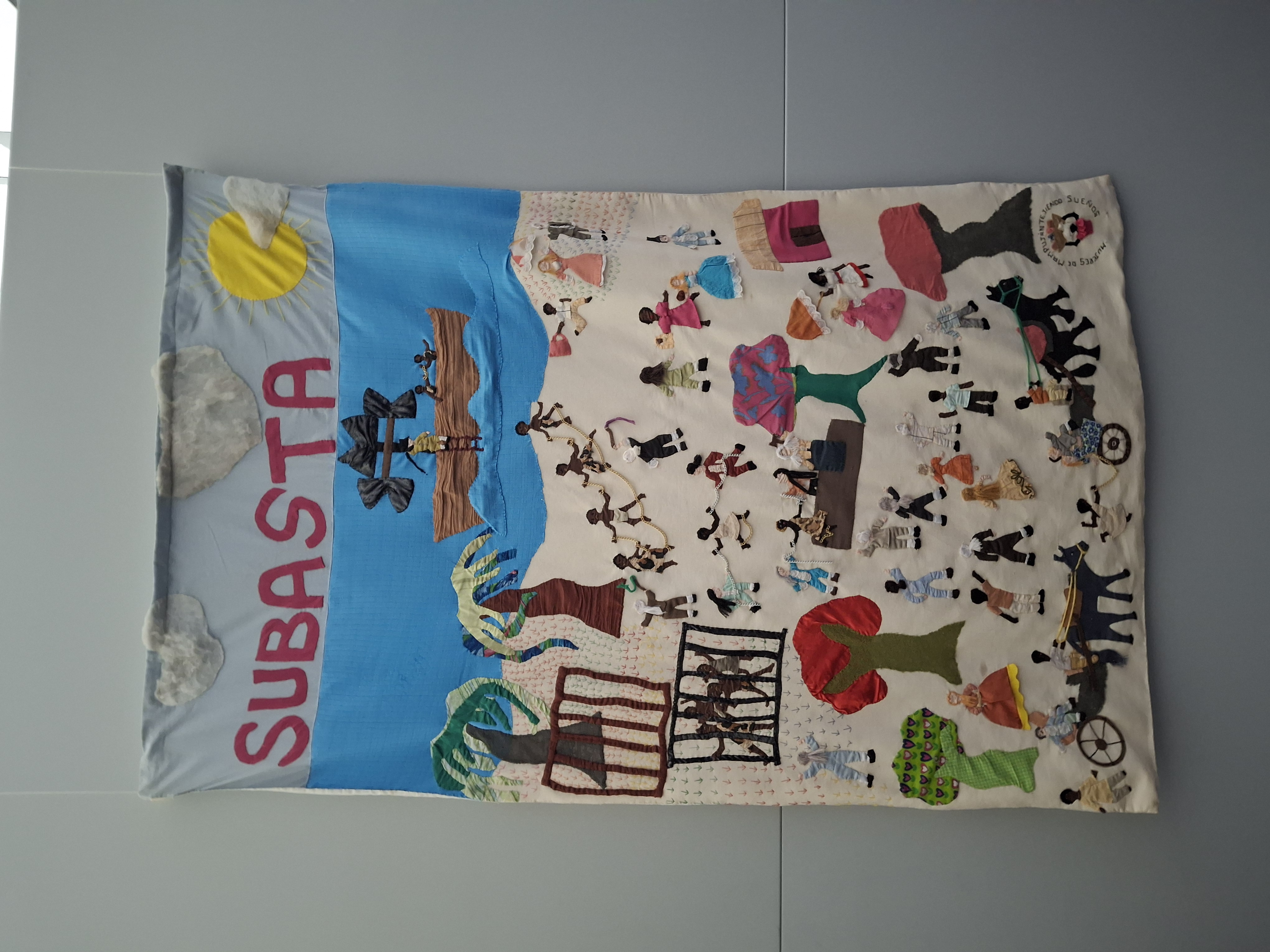
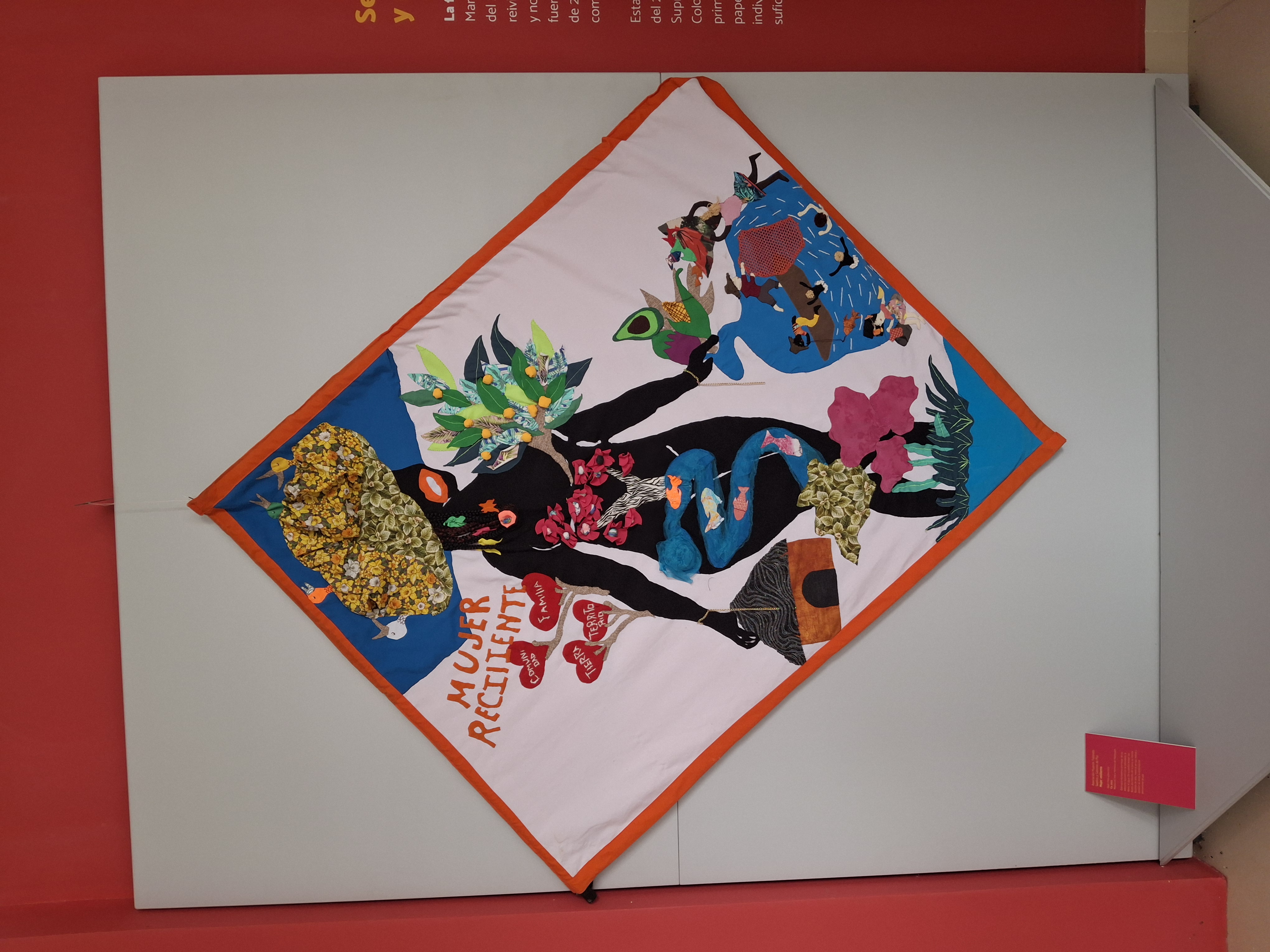
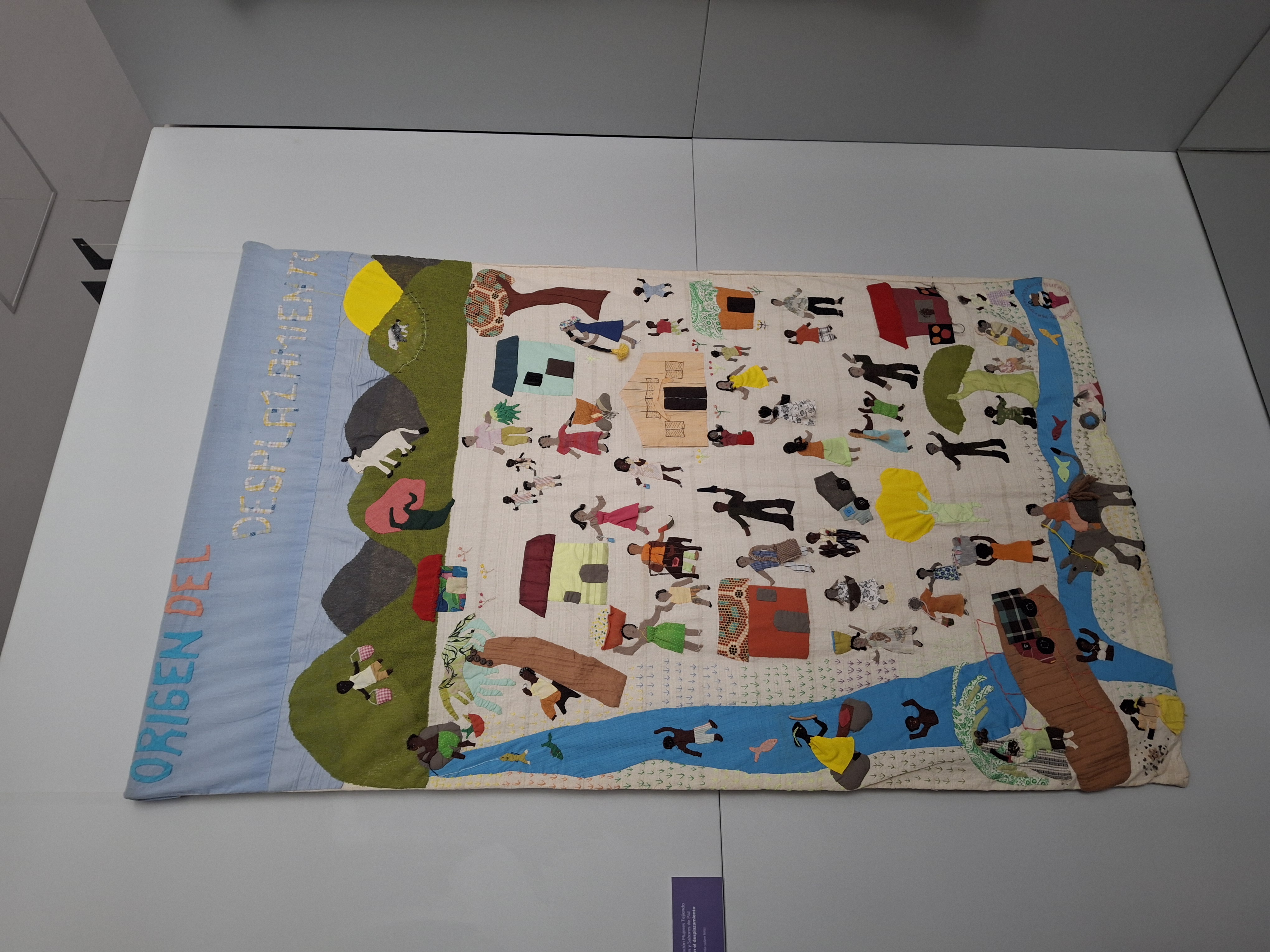
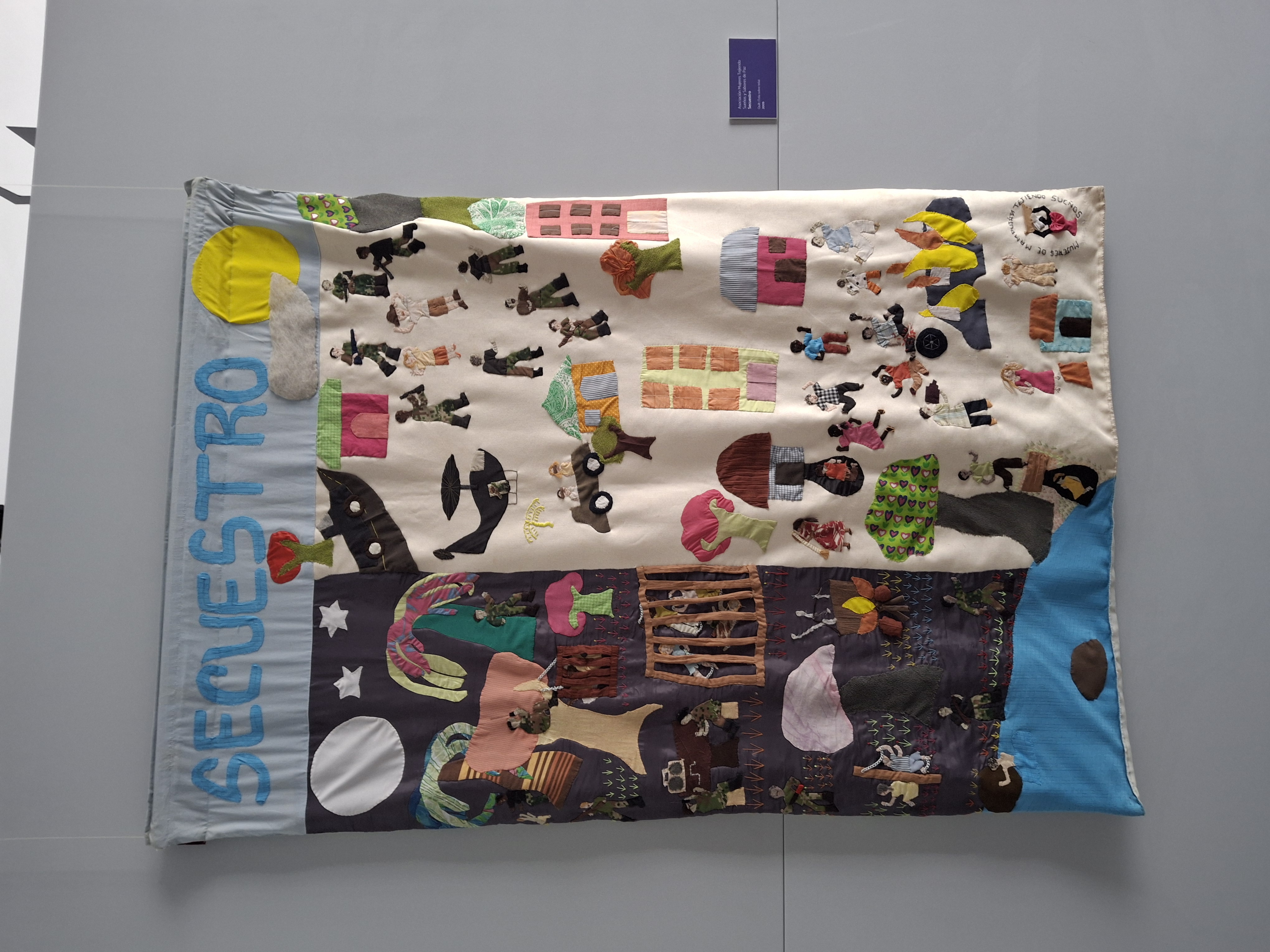
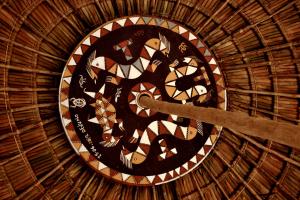
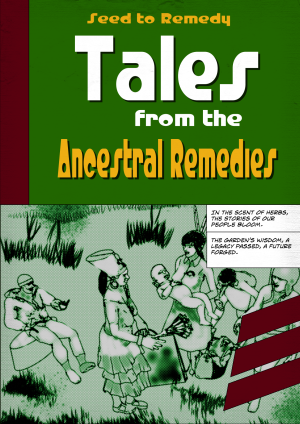
.jpeg)
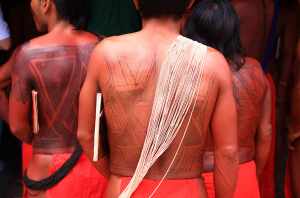
.jpg)
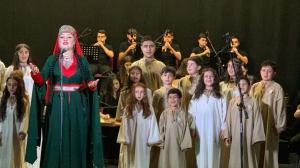


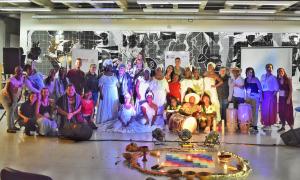
.png)
.jpg)















_(31711258567).jpg)

















